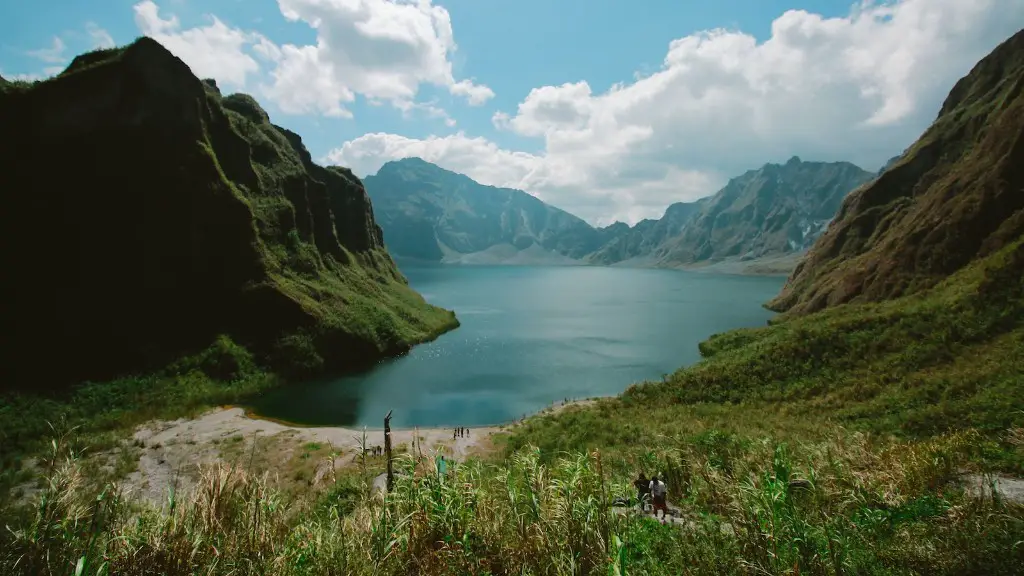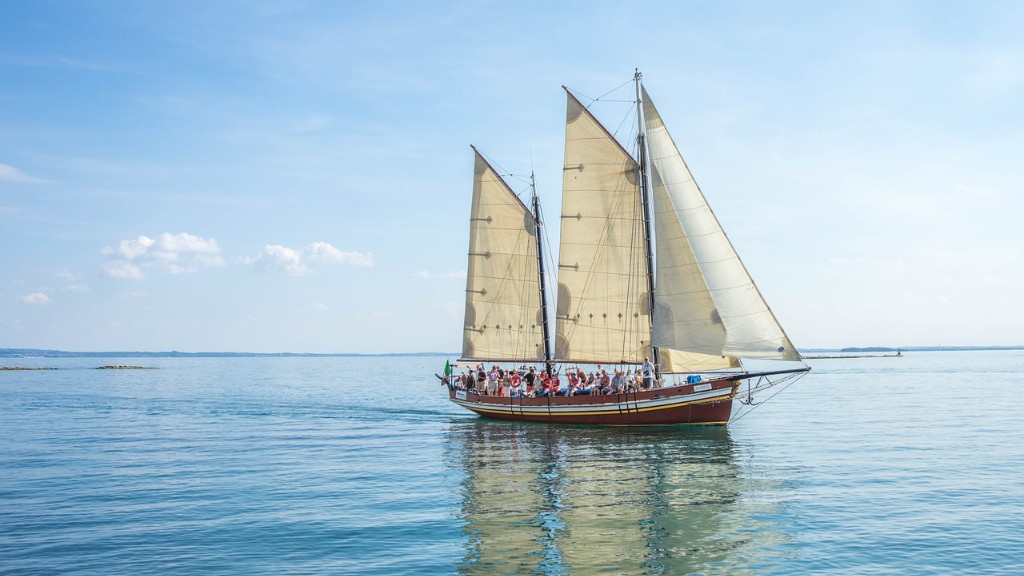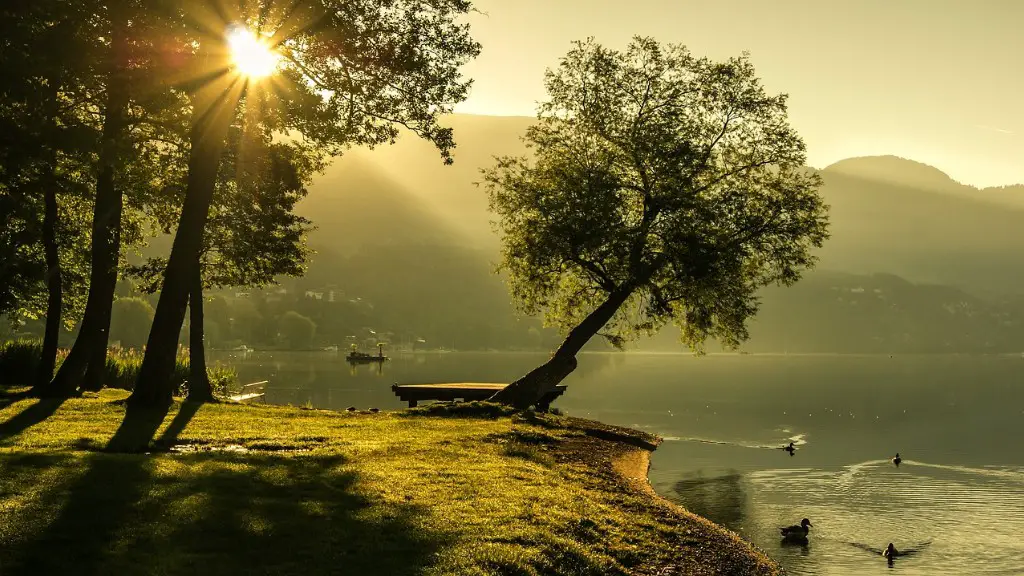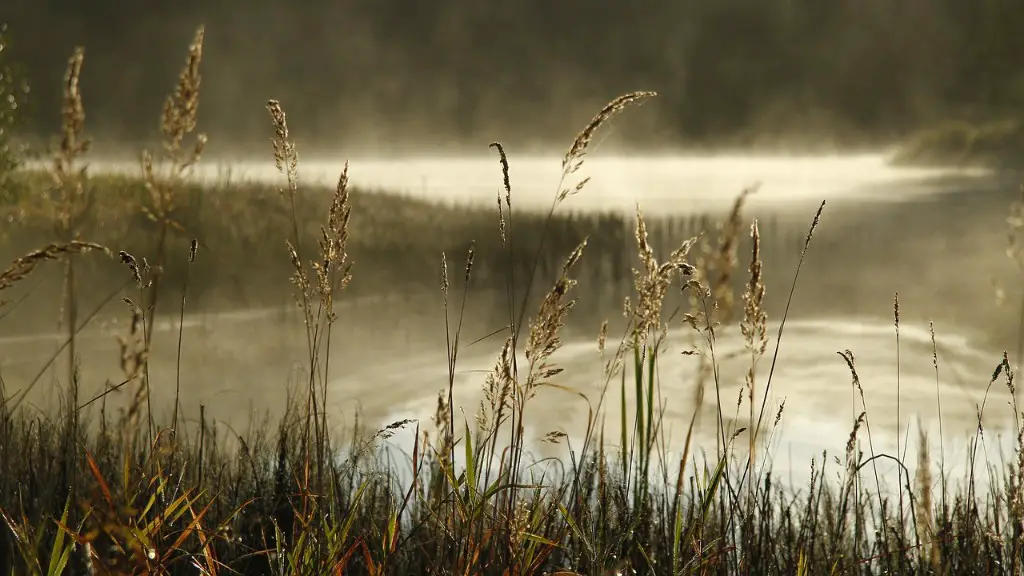Lake Titicaca: A Wonder of the Natural World
Lake Titicaca is a natural wonder located on the border of Peru and Bolivia. It is considered to be the highest navigable body of water in the world, at an altitude of 3,820 meters (12,500 feet). With an area of over 8,500 square kilometers, the lake has far-reaching consequences for the region and beyond.
Lake Titicaca has been a focal point of human activity since ancient times. It is a culturally significant region, home to several native Andean tribes who have lived around the lake and worshiped its waters for centuries. It is believed to be the birthplace of the Inca civilization, and its mysterious stories and legends have long drawn spiritual seekers from allover the world.
The lake’s physical environment supports a variety of wildlife, including fish, amphibians, birds, and mammals. Many of these species are endemic to the lake, meaning they cannot be found anywhere else in the world. For this reason, it has become a cherished destination of ecotourism and scientific study. One of its most famous and beloved resident creatures is the Titicaca Water Frog, an incredible species whose unique characteristics have attracted the attention of researchers from around the world.
The lake is also noted for its striking beauty and grandeur. Its deep, mysterious blue waters, surrounded by the snow-capped mountains, create a truly majestic sight. Travelers from far and wide come to take in these stunning views, and locals often rely on the lake for their livelihood, fishing and farming its waters. With its breathtaking views, vibrant living culture and environmental importance, Lake Titicaca is an incredible and awe-inspiring experience for those who venture to its shores.
The Legacy of Lake Titicaca
The lake’s importance to the region extends beyond its environment and cultural heritage. It serves as a crucial source of hydropower and fresh water, providing electricity and drinking water to surrounding areas. It is also a major transportation hub, used to move people and goods between Peru and Bolivia.
In recent years, a growing number of scientists and conservationists have focused their attention on Lake Titicaca. Its unique biodiversity and fragile ecosystem have led to several initiatives aimed at preserving and protecting the lake. Researchers have studied the lake’s unusual water chemistry, which is heavily dependent on the annual wet and dry seasons.
Unfortunately, despite these efforts, the lake is threatened by pollution and environmental degradation. Its waters are increasingly polluted with unsafe levels of pollutants, threatening the health of local wildlife and communities. It is crucial that measures be taken to reduce this contamination and preserve the lake for future generations.
In terms of its cultural significance, Lake Titicaca holds a captivating place in the hearts and minds of local people. The islands and shoreline are dotted with old Inca ruins, sacred sites and traditional villages, offering visitors a fascinating glimpse into the region’s history and rooted culture. Every year, thousands of visitors come to take part in the vibrant festivals and traditional festivities that take place around the lake.
The Challenges Facing Lake Titicaca
Despite its iconic status, Lake Titicaca faces many environmental and economic challenges. Sustaining economic growth and reducing poverty in the region rely heavily on the lake’s well being. Over the years, the Bolivian and Peruvian governments have worked tirelessly to find ways to maintain Lake Titicaca’s health, as well as to improve the livelihoods of its local populations.
Various projects have been launched in recent years to reduce the amount of wastewater, fertilizer and crop residue that enters the lake. This includes re-vegetating shores, encouraging the use of sustainable cultivation practices and introducing conservation practices in the region.
In addition to these efforts, the lake’s land-based resources have been exploited by mining and logging operations, leading to deforestation and species loss. Conservation programs are now being set up to restore the lake’s natural ecosystems and reduce the potential damage caused by these activities.
Overall, it is clear that Lake Titicaca is a precious natural and cultural resource, with its own unique set of issues and challenges. It brings great benefits to the region, but its future depends on the commitment to protecting and preserving its living environments, and its cultural heritage.
Tourism and the Future of Lake Titicaca
Promoting responsible tourism is a key way to ensure the protection of Lake Titicaca’s environment, wildlife and cultural heritage. As more and more people visit the lake, efforts must be made to limit the environmental damage caused by tourism, and ensure that visitors experience the lake’s wonders responsibly.
Ecotourism is a form of tourism that seeks to minimize its impact on the environment and provide tangible benefits to local people. Tourism operations in Lake Titicaca have already taken steps to promote these principles, by creating educational tours and cultural activities that focus on the lake’s unique environment and way of life.
Other initiatives aim to develop sustainable models of tourism that emphasize the importance of conservation and local knowledge, while contributing to the local economy by creating jobs and utilizing local services. These types of projects have the potential to have a long-term positive impact on the region and the lake, while allowing tourists to experience its beauty and history in a respectful and responsible manner.
Conclusion: A Symbol of Hope for the Future
Lake Titicaca has been a source of wonder and inspiration for centuries, and its impact on the region cannot be overemphasized. It is not just an incredible natural resource, but a region steeped in history and culture, a symbol of hope and resilience in the face of ongoing environmental and economic challenges. In today’s world, its importance cannot be overstated, and its future should be in good hands.




